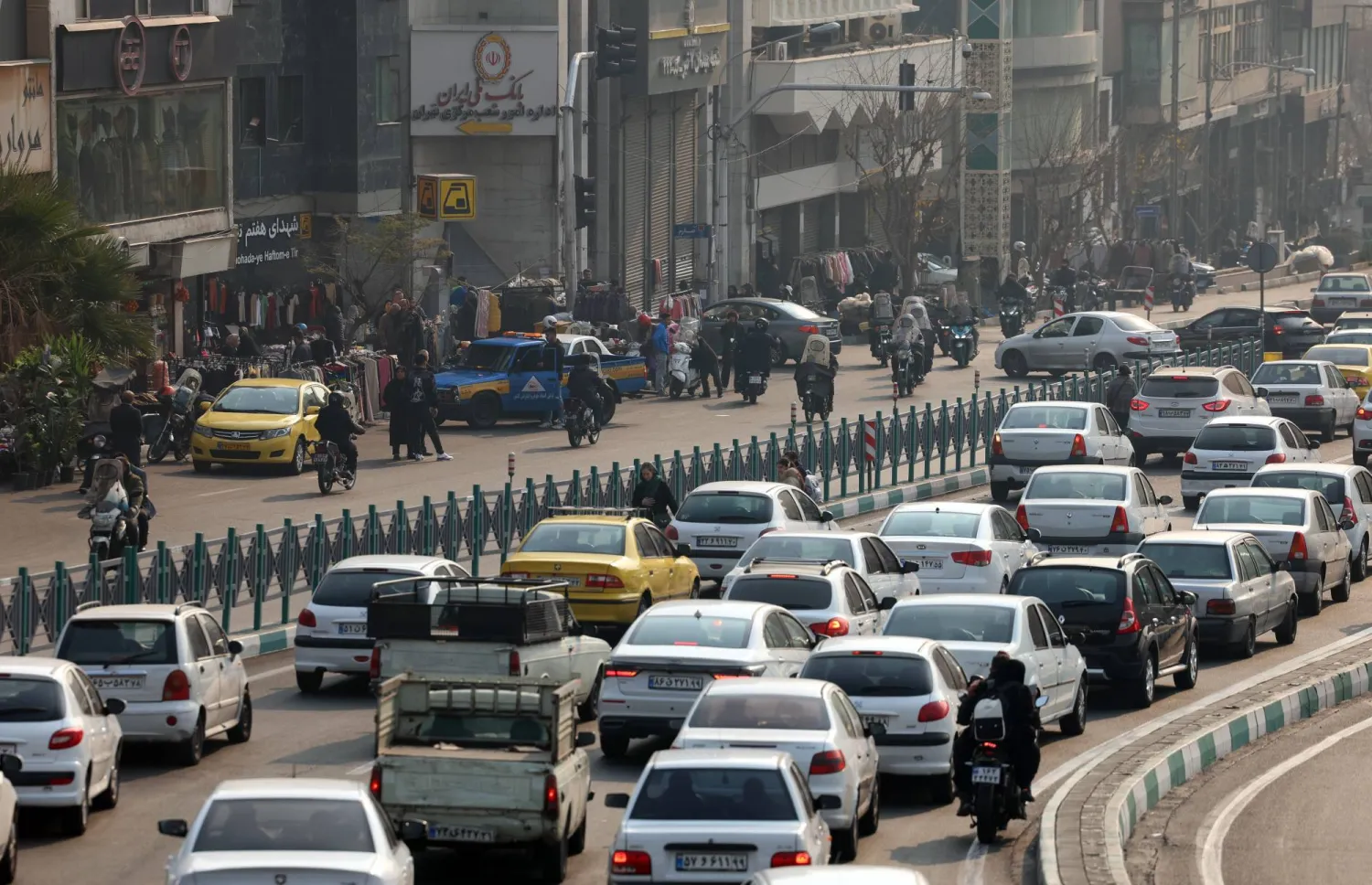Sheikh Nawaf al-Ahmad al-Jaber al-Sabah became last week the 16th emir of Kuwait and the sixth since its independence from Britain in 1961.
Sheikh Nawaf was born in Kuwait City on June 25, 1937. He is the sixth son of Kuwait’s 10th ruler, Sheikh Ahmad al-Jaber al-Mubarak al-Sabah, who ruled the Gulf state from 1921 to 1950. He is the stepbrother of two rulers: Sheikh Jaber al-Ahmad (the 13th emir who ruled from 1977 to 2006) and Sheikh Sabah al-Ahmad (the 15th ruler, who reigned from January 2006 to September 29, 2020).
Sheikh Meshal al-Ahmad, who was named Crown Prince earlier this week, was born in Kuwait in 1940 and is the seventh son of ruler Ahmad al-Jaber.
The new Emir and Crown Prince share a long history in building Kuwait’s security and military agencies and have spent most of their careers in the security and defense fields.
Sheikh Nawaf is viewed as the real founder of Kuwait’s modern Interior Ministry. He was the interior minister for two terms, the first from 1978 to 1988 and the second from 2003 to 2006. Prior to assuming the post, he modernized the security institution to allow it to confront challenges facing the country. He also assumed the post of defense minister from 1988 to 1991, a period that witnessed the catastrophic Iraqi invasion of Kuwait.
In the first government that was formed after Kuwait’s liberation, Sheikh Nawaf was named social affairs and labor minister before being appointed as deputy chief of the National Guard in 1994 and later returning to the interior ministry in 2003. He was named crown prince in 2006.
Sheikh Meshal studied at the Hendon Police College in the United Kingdom in 1960 before joining the interior ministry. He rose up the ranks to become head of the department of general investigation, a position he retained from 1967 to 1980 and is credited with strengthening its function as a state security service. He remained at the helm of the state security service for some 13 years.
In 2004, he was named by late Sheikh Jaber al-Ahmad as deputy chief of the National Guard. Sheikh Meshal helped reform and reorganize the National Guard, strengthening it to become a main pillar of Kuwait’s armed forces. The National Guard has played a significant role in helping the government contain the novel coronavirus pandemic.
Identifying threats
During his swearing in speech before the National Assembly (parliament), Sheikh Nawaf identified the threats confronting Kuwait, the same that his predecessor Sheikh Sabah al-Ahmad had always warned of. He said: “Kuwait has been exposed during its long history to serious challenges that we have succeeded in overcoming with cooperation.” He added: “Our nation today faces critical conditions and dangerous challenges that we can only overcome with unity and dedicated serious work for the sake of the people of Kuwait.”
Kuwait boasts a rich democracy and active political life that dates back to even before independence from Britain. It drafted its first written constitution and adopted its first shura council in 1921. In 1938, Kuwait was the first Gulf country to elect a legislature. It is also known for its parliamentary system, which was introduced by Sheikh Abdullah al-Salem al-Sabah. The constitution – the first in the Gulf - was also ratified during his reign. The constitution was announced in 1962 and officially adopted in 1963.
Kuwait’s democracy has been tested by regional challenges as a resource-rich country in a turbulent area. Sheikh Nawaf comes to power as the country grapples with an economy that has been impacted by the drop in global oil prices, the coronavirus pandemic, a budget deficit and liquidity crunch.
The country will soon witness National Assembly elections amid the absence of opposition figures, many of whom have been sentenced to prison over the storming of the parliament incident. Efforts had been underway in recent weeks for a pardon to be issued for the detainees, but to no avail.
The fight against corruption is also among the Emir and Crown Prince’s top priorities. In his last speech as crown prince in August, Sheikh Nawaf said that no member of the royal family is above the law should they be implicated in corruption. “Fighting corruption is not a choice, but a legitimate and constitutional duty and ethical responsibility,” he had said.
The economy remains the greatest challenge for the new ruler. Kuwait is suffering from a liquidity crisis that has prompted warnings that it will be unable to pay public employee salaries. In August, Finance Minister Barak Al-Sheetan called on the government to approve the public debt law that will allow the country to borrow 20 billion dinars, or 66 billion dollars, in 30 years. The liquidity crisis means that Kuwait may be unable to pay state salaries after October even though it boasts a large sovereign fund estimated at 550 billion dollars.









